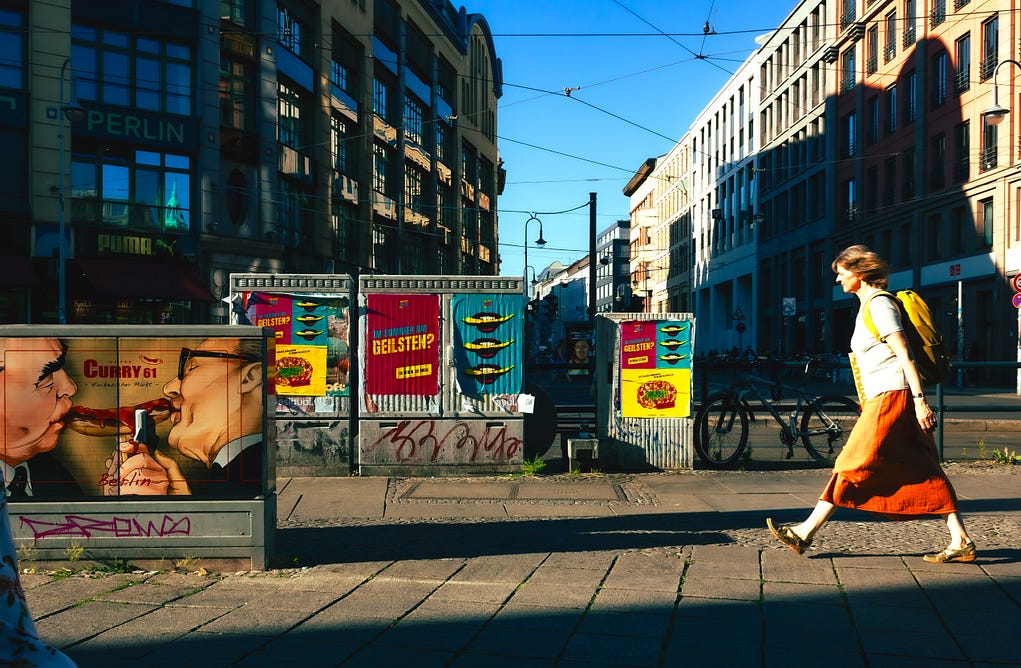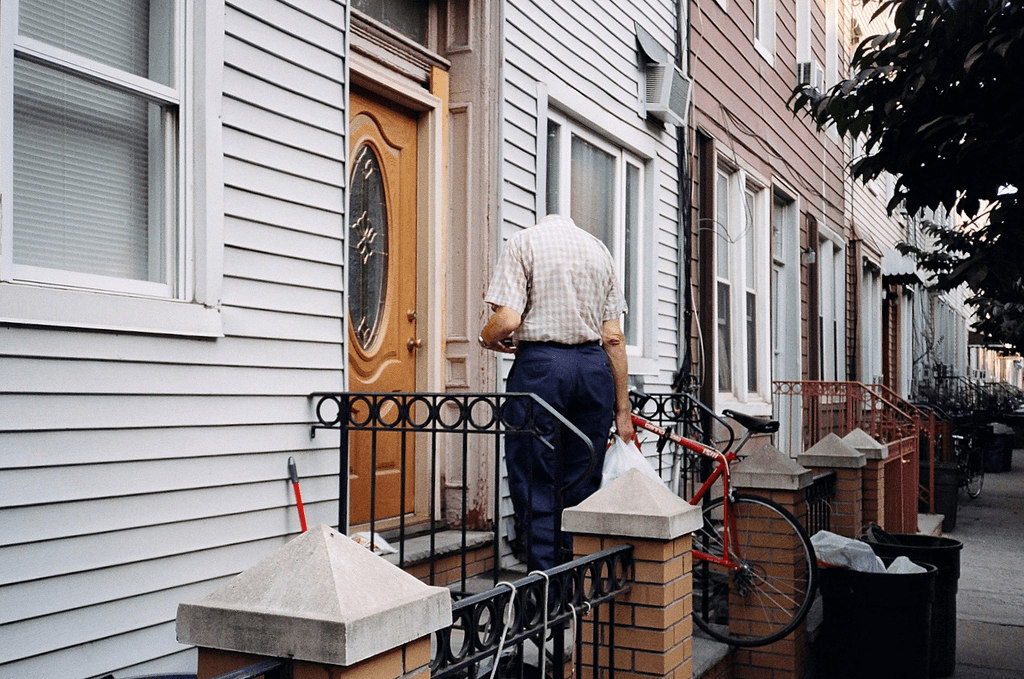Some Known Questions About Street Photographers.
Some Known Questions About Street Photographers.
Blog Article
Not known Factual Statements About Street Photographers
Table of ContentsThe Single Strategy To Use For Street PhotographersThe Buzz on Street PhotographersSome Known Details About Street Photographers Facts About Street Photographers UncoveredLittle Known Facts About Street Photographers.
Street photographers do not necessarily have a social objective in mind, however they favor to separate and record minutes which may otherwise go unnoticed.He was influenced by many of those that influenced the road photographers of the 1950s and '60s, he was not primarily interested in capturing the spirit of the road. The impulse to visually document individuals in public started with 19th-century painters such as Edgar Degas, douard Manet, and Henri de Toulouse-Lautrec, who worked side by side with professional photographers attempting to capture the essence of city life.
Since of the relatively primitive technology available to him and the long exposure time required, he had a hard time to record the pressure of the Paris roads. He explore a series of photographic techniques, attempting to locate one that would certainly allow him to capture motion without a blur, and he found some success with the calotype, patented in 1841 by William Henry Fox Talbot. As opposed to Atget, professional photographer Charles Marville was hired by the city of Paris to create an encyclopaedic document of Haussmann's metropolitan planning job as it unravelled, therefore old and brand-new Paris. While the photographers' subject was essentially the same, the outcomes were substantially various, showing the impact of the professional photographer's intent on the character of the pictures he produced.
Street Photographers for Beginners
Provided the great top quality of his photographs and the breadth of material, engineers and artists commonly purchased Atget's prints to use as recommendation for their very own work, though commercial interests were barely his primary motivation. Instead, he was driven to picture every last residue of the Paris he liked.

Unlike his peers, Brassa made use of a larger-format Voigtlnder electronic camera with a longer exposure time, requiring him to be much more computed and thoughtful in his technique than he may have been if using a Leica. (It is assumed that he might not have had the ability to afford a Leica during that best site time, yet he did, nevertheless, use one in the late 1950s to take colour photographs.) Brassa's photos of the Paris abyss brightened by synthetic light were a revelation, and the compilation of the collection that he released, (1933 ), was a significant success.

The 7-Second Trick For Street Photographers
It is due to this fundamental understanding of the art of picture taking that he is typically credited with rediscovering the tool throughout again about a century given that its invention. He took photographs for greater than a half century and affected generations of digital photographers to trust their eye and intuition in the moment.
These are the inquiries I will attempt to respond to: And then I'll leave you with my very own definition of street digital photography. Yes, we do. Let's start with specifying what a definition is: According to it is: "The act of defining, or of making something definite, unique, or clear".
No, absolutely not. The term is both restricting and misleading. Sounds like a street photography must be photos of a roads right?! And all street photographers, besides a handful of outright newbies, will totally value that a road is not the vital element to street digital photography, and actually if it's an image of a street with maybe a couple of dull people doing nothing of passion, that's not street digital photography that's a snapshot of a street.
The smart Trick of Street Photographers That Nobody is Discussing
He makes a valid factor don't you believe? However, while I concur with him I'm unsure "candid public photography" will certainly catch on (although I do type of like the term "candid photography") because "road digital photography" has been around for a very long time, with numerous masters' names connected to it, so I think the term is below to stay.
You can fire at the coastline, at an event, in an alley, in a park, in a piazza, in a cafe, at a gallery or art gallery, in a city terminal, at an event, on a bridge, under a bridge ...
Some Of Street Photographers
Yes, I'm afraid we terrified no choice! Without guidelines we can not have a meaning, and without a definition we don't have a genre, and without a style we don't have anything to define what we do, and so we are stuck in a "policies meaning style" loop! - Street Photographers

Report this page